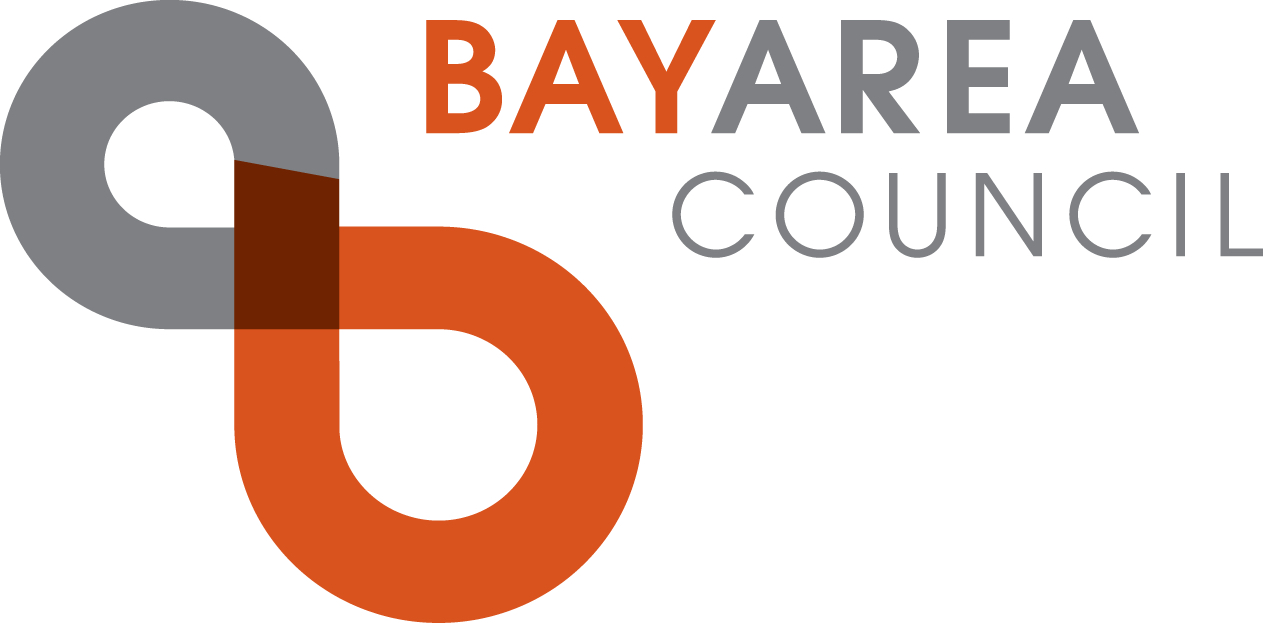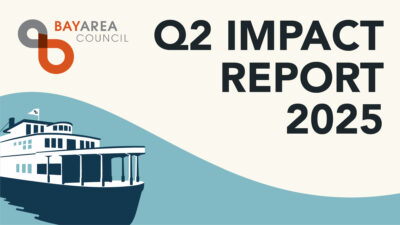Getting More Value in California from New Federal Infrastructure Spending
For decades California has faced an infrastructure financing deficit, as federal and state support has declined and counties have become more dependent on local voter-approved sales taxes for critical investments. Aggravating this situation, traditional public procurement processes have in many cases led to problematic liabilities for public entities and long delays in project launch and project completion, escalating total costs. This has occurred as large-scale overruns on major projects have escalated, due largely to procurement processes used in California and other states that premise project awards using the historically preferred Design Bid Build (DBB) method of procurement which focuses on low bids (lowest cost) but contractually opens the door to renegotiations and fails to account for a project’s total lifecycle (operation and maintenance) costs.
One answer to this problem that has long been available but remains underutilized is the Design Build methods of procurement tied to a Public-Private Partnership (P3) model, which brings private capital and management to the table under contractual agreements with public entities. In a new paper, P3 expert and Bay Area Council Senior Director Dr. Sean Randolph focuses on how the environment for public-private transportation projects in the state may be affected by the recently-passed bipartisan federal infrastructure bill.





